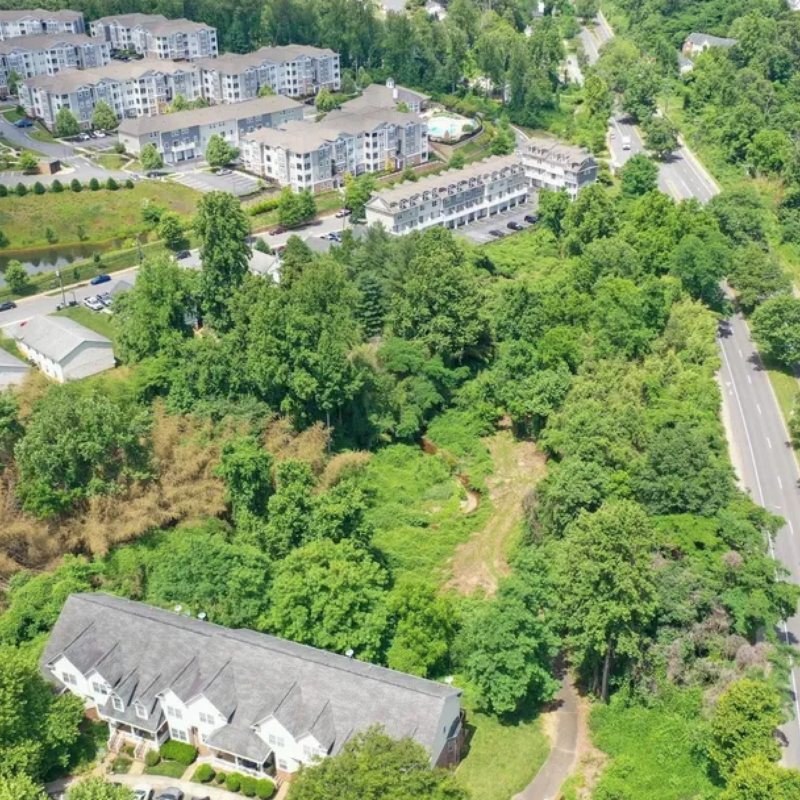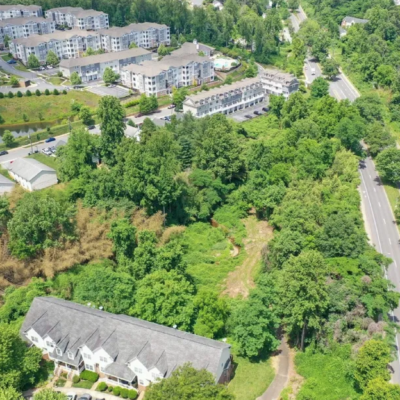In the rhetoric of business leaders and politicians, the glossy face of the affordable housing issue is a young couple, probably a firefighter and a school teacher, scoping the market for their first home, preferably new and under $190,000. County policy pushes developers to include some such units in their projects, and nonprofits work to ensure the young, presumably community-minded couple can afford the down payment.

“Hopefully, AHIP will have a role in [city rehab],” says Teresa Tapscott, AHIP executive director. The city is debating whether to continue its current relationship with the nonprofit.
|
But much of affordable housing is not about the young and the new. It’s about the old: older people seeing their fixed incomes outpaced by rising assessments, and older houses crumbling as their owners can’t afford to pay for upkeep. And if those older houses get condemned and sold to high-density developers, that affordable (and often historic) house is off the market forever.
Albemarle Housing Improvement Program (AHIP) looks to stem that tide with both emergency repairs and larger scale housing rehab projects. With much of the older housing stock in the City of Charlottesville, for years AHIP has been funded to administer the waiting lists, make the inspections and manage the renovations. Currently, the waiting list in the city stands at 109.
But as of July 1, AHIP’s responsibility for the city’s rehab is on hold while City Council decides whether AHIP is wisely and efficiently using the cash the city provides. One project will continue, but “beyond that, everything is on hold,” says Teresa Tapscott, executive director of AHIP.
The conflict between AHIP and the city started this spring, when AHIP’s board of directors, feeling underfunded for their administrative overhead, told the city they would stop running the program if they don’t get the $142,000 they say they need. But a review committee balked at such a large cost for admin when last year only four rehab projects were completed—and those used money from the Community Development Block Grants for the actual building costs. The city stuck to $85,000 for admin, the amount they’ve provided for several years.
“While we only completed four rehabs last year, we prepared many, many more,” says Tapscott. She admits that $142,000 for admin does seem like a lot, but that it can leverage many more rehabs. “We’re hoping to spread that $142,000 over 15 jobs instead of four.”
At a May 22 affordable housing work session, Jim Tolbert, director of Neighborhood Development Services (NDS), told City Council he doesn’t feel that giving administrative funds to AHIP is a good use of money. Council quickly got behind Tolbert’s assessment at the meeting, with the idea that the wait-lists and inspections would be administered by NDS.
But since then, some councilors have reconsidered. “We need to slow down this change and take a step back and take a broader look at the whole rehab picture here in the city,” says Councilor Dave Norris. “I’m not convinced, having received additional information, that the city is best suited to run this program, and I’m particularly wary of doing something that will burn bridges with AHIP, a program that’s been doing rehab for decades now.”
Council has put any changes on hold, and the city’s Housing Advisory Committee will meet to discuss what to do about rehab. Yet while the city and AHIP work out their differences, in working-class neighborhoods across the city, both interest rates and assessments have been rising—making the struggle that much more difficult for many families trying to hold on to their homes.
C-VILLE welcomes news tips from readers. Send them to news@c-ville.com.




